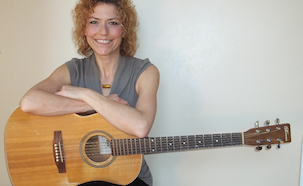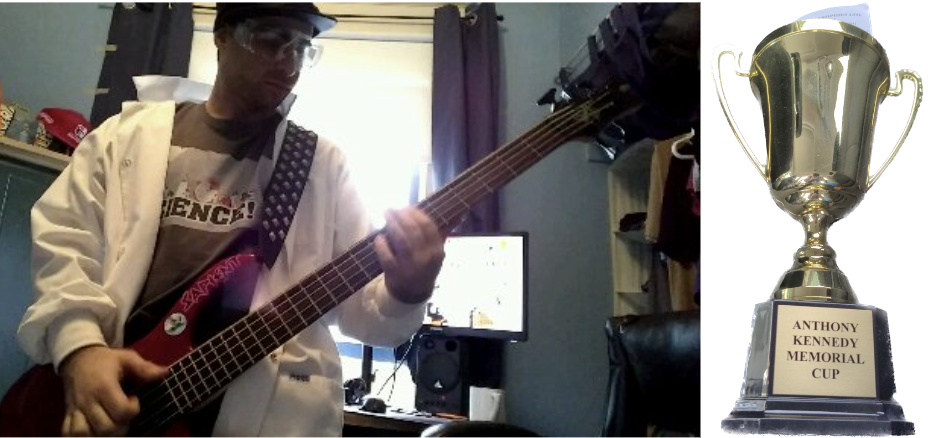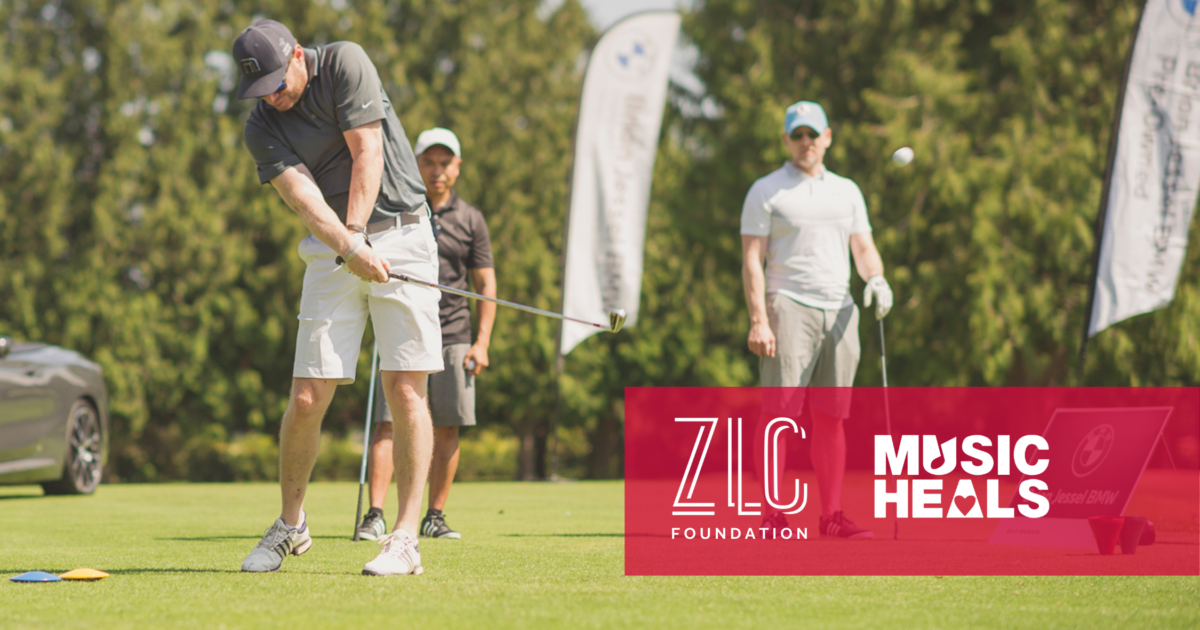To the Beat of his Own Drum: Why Children with Autism Spectrum Disorders Love Music
By Music Heals October 25, 2013

Friday, Oct 25, 2013
Written by Esther Thane, BMT, MTA, AVPT
Accredited Music Therapist, Vocal Psycho-Therapist
Music Heals is pleased to present work by the vivacious and lovely, Esther Thane. Based in Vancouver B.C., she is a music therapist that has specialized in Autism & Special Needs for the past 17 years. She is owner/founder of ET Music Therapy, on Faculty at Capilano University and is a proud partner of Mundo Pato (account executive for Unitus Therapy Intelligence). Her music therapy resources are available online at www.etmusictherapy.com.
————————————————————————–
Music, with all of its unique & tempting elements, captivates us in some undefinable way. It certainly captivates many children with ASD. They are often intrigued by either the rhythmic qualities of music or its melodic and harmonic forms. Some children are only motivated by a particular instrument like the guitar. Lyrics are the allure for some, while other children are driven by one style of music or performer which quickly becomes a favorite. Music is an easily accessible language, requiring no translation. We all seem to understand music’s fundamental messages whether we are musical or not. We understand what music implies: like identifying anxious or sad melodies. Even a 12 month old can vocalize, hold a musical conversation and be understood by her parent, all without the need for words. Children with ASD are motivated to engage in music activities and it can be a preferred medium to operate within. They thrive within structure and music fulfills this need for structure and routine.
First of all, children with ASD seem to enjoy musical experiences because they are often “good at it”. This isn’t just pertaining to musical savants, which is a less common occurrence. Current findings do show that children with ASD perform better at certain musical skills than typical children. For example, their memory recall of music is quick, especially when coupled with lyrics. Some can recite or sing a song after only one or a few listening experiences.
Songs can be powerful for children with ASD. A song is like a house and home. A house provides safety, shelter and security for a child. A home provides security, comfort and develops self- identity/confidence out of daily routines, rituals and constancy. A song supplies all of these requirements for the child with ASD. It has a structure that doesn’t change. Its rhythms, lyrics and melodies are constant. Songs can therefore be ritualistic. Their structure can be something a child can rely on, anticipate, and predict with ease and familiarity. When children with ASD are listening to or making music, they can live within the container of space and time that music offers. It can extend their focus for long periods of time. Ask yourself this: when you listen to your favorite album or go to a concert you love, does your perception of time change? Does it speed up or slow down? Why do people listen to music on long road trips or during fitness regimes? It makes the time go faster. Music definitely has the ability to alter our perception of time.
Children with ASD elevate their self-confidence through musical experiences. When we feel at ease and comfortable with an experience, and have the freedom to direct our own learning, we become more interested & more successful (for whatever that may mean for each individual). That in turn bolsters our self-confidence further and we are more likely to try something challenging. Maria Montessori, well known and respected child educator, developed her teaching principles by initially observing children in non-disturbed, natural learning environments. She discovered that in a 3 hr. period, children will typically spend the first half hour doing something familiar and easy. They will then choose more challenging activities and engage themselves for long lengths of deep concentration. This is followed by a reflective period and then they start the whole cycle over again. Typically, children will move through 2 cycles in a 3 hour period. In a similar way, children with ASD continue to grow their love and interest in music because it is built on their compounding musical successes. A musical success might be learning to play an instrument, deriving continued pleasure by singing a favorite song, dancing, or achieving the desired sound from a new drum or whistle. Positive reinforcement is always more effective than negative reinforcement in changing behavior and nurturing child development. Here, music is the positive reinforcer that propels a child’s motivation to continue exploring the musical world!
What about the flipside? Surely there are some children with ASD that do not show a fondness or interest of music? Do some even show disinterest or distain for it? The answer is yes. This dislike for musical experiences can usually be attributed to one of the following reasons. For some, the musical environment can be too over-stimulating, and even disorienting. These children may be exhibiting auditory defensiveness. In these circumstances, repeated exposure to musical frequencies in a controlled environment by a qualified music therapist, can diminish and often extinguish this sensitivity. Auditory defensiveness can be a common concern for many children with ASD, but in a child-directed environment, they will gravitate to certain timbres over others. For other children with auditory defensiveness, it’s often the delivery system that’s interfering with having a pleasurable music experience. Some parents mention that their child won’t tolerate music played in the car or on the radio/stereo at home. They may hate going to the auditorium at school for musical performances. In these circumstances, their processing of music can be muddled due to over tones, acoustics, reverberation, and feedback of music equipment & intercom systems. A calmer, less stimulating environment with acoustic sounds may be all that’s required to re-frame a positive musical experience for a child with ASD. Lastly, some children with ASD are not drawn to the typical musical route we are exposed to in childhood. Young children, for instance, may show no interest in nursery rhythm songs. These children may prefer improvisation over songs or exploring music on their own terms. When children with ASD are given freedom to direct, lead, and explore music at their own pace, their interest, ease and interaction sky-rockets.
Music has an unexplainable quality, yet it’s a language and a world that children with ASD seem to intrinsically understand and want to express themselves through. The pleasure they derive from music making is inspirational and contagious. Just try doing something musical with your child and watch the smile land on your face.
Written by Esther Thane, BMT, MTA, AVPT
Her music therapy resources are available online at www.etmusictherapy.com.
Note: This post is used with permission from the author. Source: http://www.etmusictherapy.com/blog
Are you a music therapist, music therapy intern, or a professional in a field related to Music Therapy that has something to share on the Music Heals blog?
Submissions should include to links to your website and any social media channels you would like included in the article.
Submissions may be edited for length and photos for publication will require a waiver, which will be provided.Submissions should be sent to Alexina Davis: blog@musicheals.ca
Share this article on social media:





